In a decisive move to strengthen U.S. immigration enforcement, President Donald Trump’s border czar, Tom Homan, has pledged to “eradicate” criminal migrants from the country. This announcement comes as border encounters have plummeted to record lows, a trend the administration attributes to its stringent policies.
Commitment to Removing Criminal Migrants
Tom Homan, appointed as the border czar in November 2024, has been vocal about the administration’s zero-tolerance stance on illegal immigration. In a recent statement, he emphasized the administration’s unwavering dedication to identifying and deporting migrants with criminal backgrounds. Homan highlighted a significant increase in arrests of migrants with criminal records and gang affiliations since President Trump assumed office. Notably, in the first 18 days of the administration, arrests of migrants with criminal histories nearly doubled, and suspected gang member arrests surged by 105%. Homan underscored the importance of focusing on public safety threats, including gangs like the Tren de Aragua.
Record-Low Border Encounters
The administration’s robust immigration policies have coincided with a dramatic decline in illegal border crossings. In January 2025, the U.S. Border Patrol reported approximately 29,000 arrests of migrants illegally crossing the U.S.-Mexico border, marking the lowest number since May 2020 and a significant decrease from 47,000 in December 2024. This downward trend continued into February, with an average of 359 illegal migrants apprehended daily, a more than 90% reduction compared to the previous year. Officials attribute this decline to the administration’s strict measures, including increased border security, the termination of certain legal entry programs, and enhanced deportation efforts.
Policy Measures and Their Impact
The Trump administration has implemented several key policies aimed at curbing illegal immigration:
- Termination of Legal Entry Programs: The administration ended programs such as the CBP One app, which allowed migrants to schedule legal entry appointments. This move has left many migrants stranded in Mexico, unable to enter the U.S. through legal channels.
- Increased Border Security: There has been a significant escalation in border security measures, including the deployment of additional military troops to the southern border. These efforts aim to deter illegal crossings and enhance the capacity to apprehend those attempting to enter unlawfully.
- Collaboration with Local Authorities: In a notable development, New York City Mayor Eric Adams agreed to reopen an Immigration and Customs Enforcement (ICE) office at Rikers Island. This decision, resulting from discussions with Homan, signifies increased cooperation between federal and local authorities in identifying and deporting criminal migrants. While this move has faced criticism and legal challenges, it underscores the administration’s commitment to removing individuals who pose public safety threats.
Challenges and Criticisms
Despite the reported successes, the administration’s aggressive immigration policies have sparked debate:
- Humanitarian Concerns: Critics argue that the termination of legal entry programs and the heightened focus on deportations may exacerbate humanitarian issues, leaving vulnerable populations without safe avenues for asylum and increasing the risks associated with illegal crossings.
- Legal and Ethical Implications: The reopening of ICE offices in local jurisdictions, such as Rikers Island, has raised legal questions and faced opposition from local leaders and advocacy groups. Concerns center around potential violations of sanctuary city policies and the ethical implications of increased deportations.
- Impact on Migrant Populations: The administration’s policies have led to a significant number of migrants being stranded in border regions, facing uncertain futures and potential dangers as they await legal resolutions or consider alternative routes.
Conclusion
The Trump administration’s firm stance on immigration, as articulated by border czar Tom Homan, has led to a notable decrease in illegal border crossings and an intensified focus on deporting criminal migrants. While these measures have been effective in reducing unauthorized entries, they have also ignited discussions about the balance between national security and humanitarian responsibilities. As the administration continues to implement its immigration agenda, the long-term impacts of these policies on both national security and migrant communities remain to be fully understood.
Disclaimer – Our editorial team has thoroughly fact-checked this article to ensure its accuracy and eliminate any potential misinformation. We are dedicated to upholding the highest standards of integrity in our content.

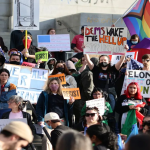



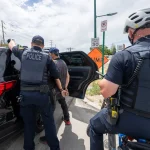


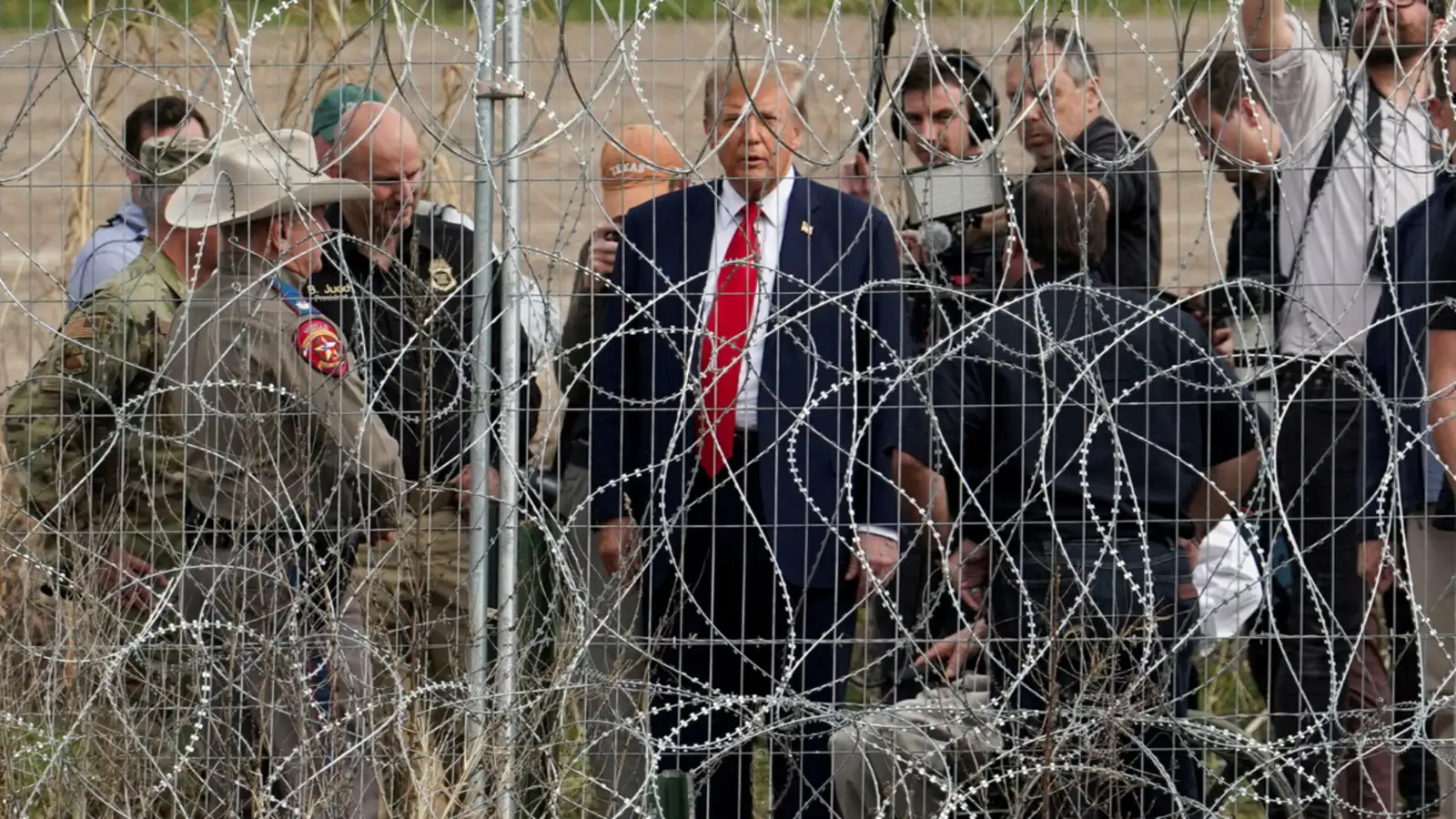



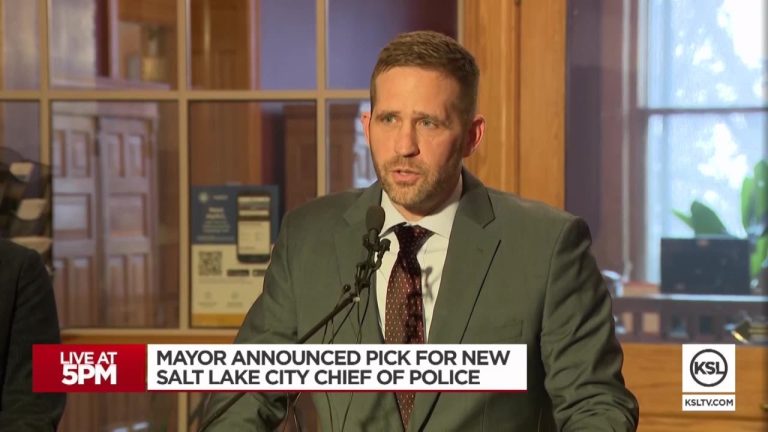
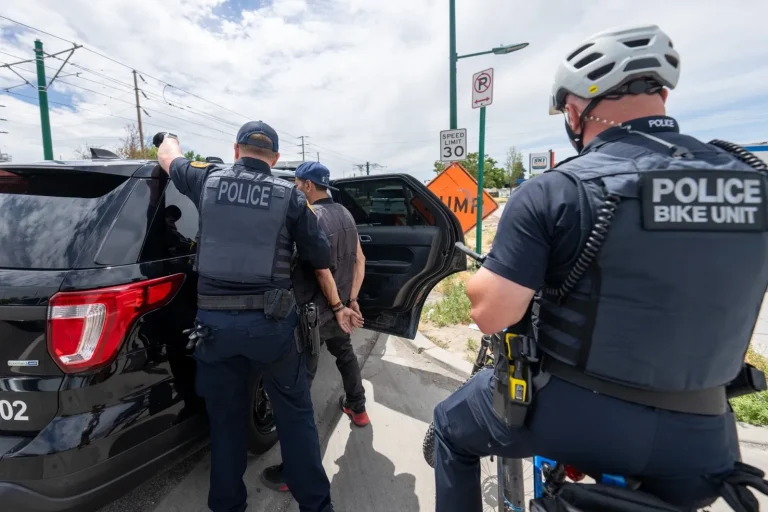


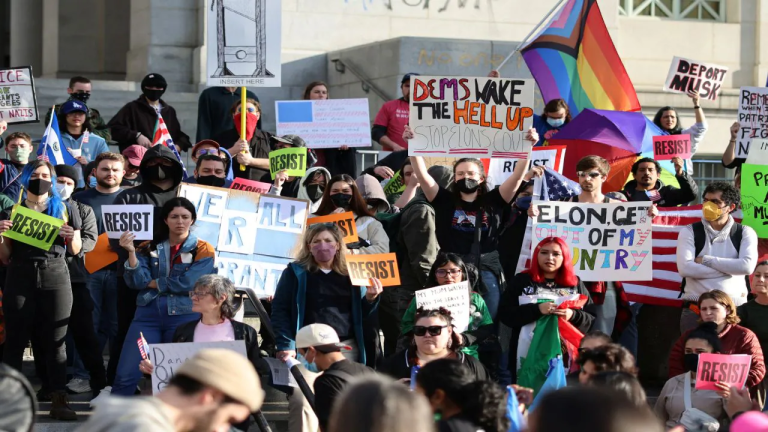
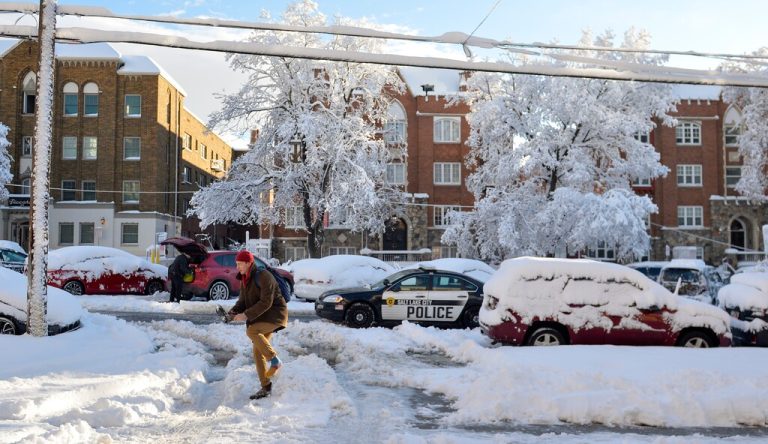





+ There are no comments
Add yours